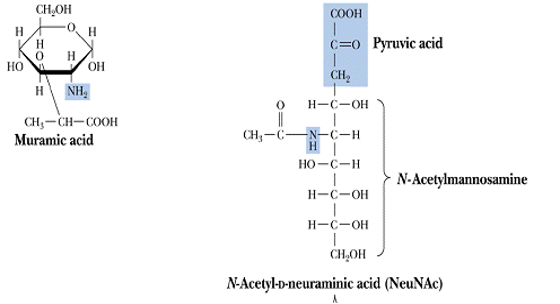A 54- year-old man complains of an acute onset of unilateral eye pain and reduction in visual acuity. Conjunctival injection (eye redness) and a mild-dilated and non-reactive pupil are observed on physical examination. Fundoscopic examination reveals cupping of the optic disc. Recognizing the signs and symptoms of glaucoma, Acetazolamide is administered to decrease the production of aqueous fluid and lower the intraocular pressure. Acetazolamide is a non-competitive inhibitor of carbonic anhydrase and, therefore, will cause:
- An increase in Km
- A decrease in Km
- An increase in V max
- A decrease in Vmax
- A decrease in both Km and Vmax
Answer- D- A decrease in Vmax.
In non-competitive inhibition, the binding of the inhibitor does not affect the binding of the substrate. Therefore, forming EI (enzyme inhibitor complex) and EIS (enzyme inhibitor substrate) complexes is possible. However, while the enzyme-inhibitor complex can still bind substrate, its efficiency at transforming substrate to product, reflected by Vmax, decreases. This is because non-competitive inhibitors bind enzymes at sites distinct from the substrate-binding site and generally bear little or no structural resemblance to the substrate. The Km value thus remains unaffected (figure).

Figure- Competitive versus non-competitive enzyme inhibition
Most frequently, in competitive inhibition, the inhibitor (I) binds to the substrate-binding portion of the active site and blocks access by the substrate. Therefore, the structures of most classic competitive inhibitors tend to resemble a substrate’s structure and thus are termed substrate analogs. The effects of competitive inhibitors can be overcome by raising the concentration of the substrate.
Thus, a competitive inhibitor does not affect Vmax but raises Km for the substrate.
Hence option- A- Increase in Km could have been correct if the mode of inhibition had been competitive.
Option B- A decrease in Km means increased affinity of the enzyme for its substrate, which is impossible in non-competitive inhibition. Km decreases in uncompetitive inhibition where the inhibitor binds essentially to enzyme-substrate complex, but in that case, Vmax is also lowered along with Km.
Option C- An increase in Vmax is impossible in the presence of an inhibitor.
Option E- A decrease in both Vmax and Km is observed in uncompetitive inhibition, as mentioned above.




